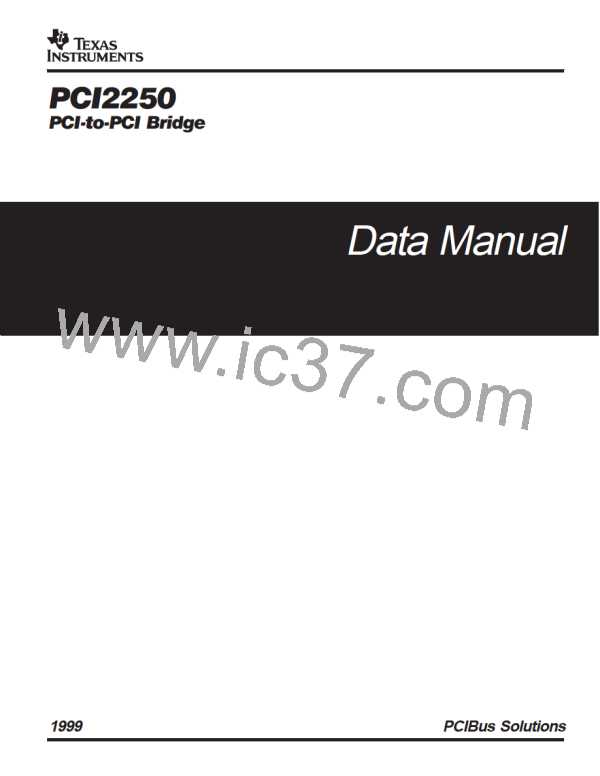Table 2–7. Primary PCI Interface Control
TERMINAL
PCM
I/O
DESCRIPTION
PGF
NAME
NUMBER NUMBER
Primary device select. The bridge asserts P_DEVSEL to claim a PCI cycle as the target
device. As a PCI initiator on the primary bus, the bridge monitors P_DEVSEL until a target
responds. If no target responds before a time-out occurs, then the bridge terminates the cycle
with a master abort.
P_DEVSEL
100
110
I/O
Primary cycle frame. P_FRAME is driven by the initiator of a primary bus cycle. P_FRAME
is asserted to indicate that a bus transaction is beginning, and data transactions continue
while this signal is asserted. When P_FRAME is deasserted, the primary bus transaction is
in the final data phase.
96
68
106
74
I/O
I
P_FRAME
P_GNT
Primarybusgranttobridge. P_GNTis drivenby theprimary PCI bus arbiter togrant the bridge
access to the primary PCI bus after the current data transaction has completed. P_GNT may
or may not follow a primary bus request, depending on the primary bus parking algorithm.
Primary initialization device select. P_IDSEL selects the bridge during configuration space
accesses. P_IDSELcanbeconnectedtooneoftheupper16PCIaddresslinesontheprimary
PCI bus.
P_IDSEL
83
93
I
Note: There is no IDSEL signal interfacing the secondary PCI bus; thus, the entire
configuration space of the bridge can only be accessed from the primary bus.
Primaryinitiator ready. P_IRDY indicates the ability of the primary bus initiator to complete the
current data phase of the transaction. A data phase is completed on a rising edge of P_CLK
wherebothP_IRDYandP_TRDYareasserted. UntilP_IRDYandP_TRDYarebothsampled
asserted, wait states are inserted.
P_IRDY
P_PAR
97
107
116
I/O
I/O
Primary parity. In all primary bus read and write cycles, the bridge calculates even parity
acrosstheP_ADandP_C/BEbuses. AsaninitiatorduringPCIwritecycles,thebridgeoutputs
thisparityindicatorwithaone-P_CLKdelay. AsatargetduringPCIreadcycles, thecalculated
parity is compared to the initiator parity indicator; a miscompare can result in a parity error
assertion (P_PERR).
106
Primary parity error indicator. P_PERR is driven by a primary bus PCI device to indicate that
calculated parity does not match P_PAR when P_PERR is enabled through bit 6 of the
command register (offset 04h, see Section 4.3).
104
69
114
75
I/O
O
P_PERR
P_REQ
Primary PCI bus request. P_REQ is asserted by the bridge to request access to the primary
PCI bus as an initiator.
Primary system error. Output pulsed from the bridge when enabled through the command
register (offset 04h, see Section 4.3) indicating a system error has occurred. The bridge need
not be the target of the primary PCI cycle to assert this signal. When bit 1 is enabled in the
bridge control register (offset 3Eh, see Section 4.32), this signal will also pulse indicating that
a system error has occurred on one of the subordinate buses downstream from the bridge.
P_SERR
105
115
O
Primary cycle stop signal. This signal is driven by a PCI target to request the initiator to stop
the current primary bus transaction. This signal is used for target disconnects and is
commonly asserted by target devices which do not support burst data transfers.
P_STOP
P_TRDY
101
99
111
109
I/O
I/O
Primary target ready. P_TRDY indicates the ability of the primary bus target to complete the
current data phase of the transaction. A data phase is completed on the rising edge of P_CLK
where both P_IRDY and P_TRDY are asserted. Until P_IRDY and P_TRDY are both sample
asserted, wait states are inserted.
2–8

 TI [ TEXAS INSTRUMENTS ]
TI [ TEXAS INSTRUMENTS ]